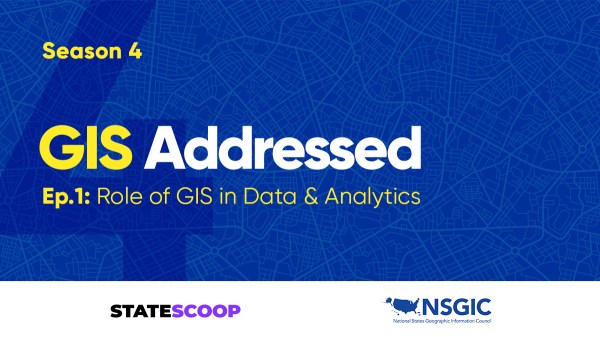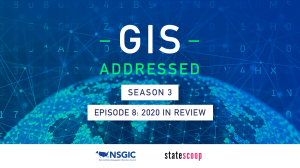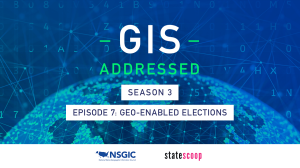
For national aerial imagery, GIS leaders need collaboration, funding
When the National States Geospatial Information Council launched the Imagery for the Nation project in the early 2000s, the goal was simple: create a national program to fund and acquire aerial and satellite imagery to help GIS agencies do their jobs.
The challenges were vast — aerial and satellite imagery was expensive to acquire and difficult to justify as the Great Recession took hold — but the need for a nationwide program to gather and disseminate this intensely visual form of geospatial data remains, according to Bert Granberg, the former head of Utah’s Automated Geographic Reference Center.
“[In the early 2000s], it was clear that much more accurate information and rich geographic context could be gleaned from aerial photography,” Granberg says on the latest episode of GIS Addressed. “It was expensive at the time, certainly costs have come down since then, but really the only way to put together a seamless, dependable, nationwide set of aerial photography that the country was going to need was to form a program around it.”
Absent a federal agency to steward this work, NSGIC stepped in to help create it.
The vision has been implemented in parts. The Federal Geographic Data Committee acknowledged NSGIC’s efforts and kicked off a project to define the federal government’s role. The first phase of the project kicked off with a request for information in 2010 and encompassed several federal agencies, including the U.S. Department of Agriculture and the National Geospatial Intelligence Agency.
However, despite some momentum since the idea’s inception, the challenge of having no appropriated fund or a lead agency on the project has been difficult, Granberg says.
“There’s really no national stewarding agency to take the ball and run with this idea,” Granberg says. “There also isn’t an existing appropriation.”
However, as the adoption of GIS in government continues to increase, so does the relevance of Imagery for the Nation.
“A lot has changed since the initial IFTN vision was crafted,” Granberg says. “The user base since IFTN was envisioned in the early 2000s has probably, I’m going to say it’s grown at least tenfold in terms of the number of types of uses and the actual core number of users that are looking at aerial photography as part of what they do on a daily basis.”
The increasing potential user base, as well as reduced costs for aerial and satellite imagery collection could make the project more attractive to more stakeholders, Granberg says. “On the whole, this is a cheaper, easier proposition and it has a much broader benefit than it did if it was implemented 15 years ago,” Granberg says.
Because of the absence of some nationwide leadership on the concept, some states have stepped up and have advanced imagery programs of their own, and he says others should look to those states as examples of what future work might entail.
“There’s a national interest [in IFTN] with everything from emergency response to homeland security to things like management of natural resources and even economic development that we have strong nationwide geospatial capabilities,” Granberg says. “I think [IFTN is] the single thing that can move the dial the most in terms of building these and making it possible to assemble nationwide datasets that are meaningful and can best support business requirements.”
On this podcast:
- Bert Granberg, director of analytics, Wasatch Front Regional Council — former director of Utah’s Automated Geographic Reference Center
- Jake Williams, associate publisher and director of strategic initiatives, StateScoop
Things to listen for:
- IFTN advocates need to think about how the private sector plays a role in the project going forward, especially with companies providing a licensed product that fulfills some or all of the IFTN vision, Granberg says.
- It is “critical” for states to be at the table if IFTN moves forward, Granberg says. The vision for the project started with the states with NSGIC’s advocacy in the early 2000s.
- While federal agency leadership would help, appropriations are key. While FGDC can help plan for the vision, success for IFTN means a budget line item for the project.
- Different regions of the country need IFTN for different things, Granberg says, due to the unique environments that they operate in.
- IFTN is not just beneficial for states and for the federal government, it also extends to local government as well.
GIS Addressed is a podcast from StateScoop and the National States Geographic Information Council about the role of geographic information systems in government.
In addition to listening to this podcast and other StateScoop podcasts on StateScoop.com , you can now subscribe on iTunes and have episodes delivered directly to your smartphone’s podcasts app when new episodes are released.


